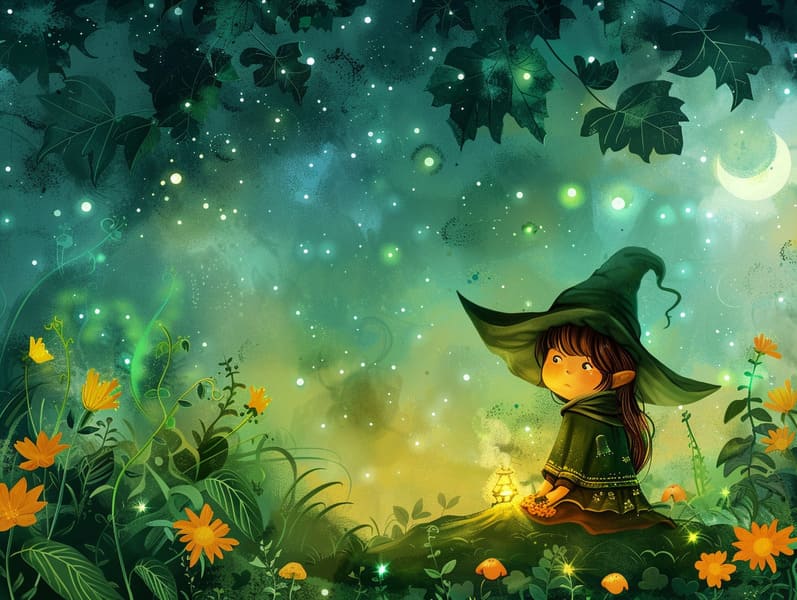A Brief History of Timeless Fairy Tales and Their Lasting Magic.
A Brief History of Timeless Fairy Tales and Their Lasting Magic.
Blog Article

Fairy tales for kids have deep roots. These stories have been passed down from one generation to the next well before they were ever published. They developed from a variety of traditions, including African traditions. They were initially conveyed among grown-ups, often carrying themes and messages reflective of the societal norms and beliefs of the time.
The Brothers Grimm, the two Grimm brothers, were among the first to compile many of these beloved tales. Their anthology, "Grimm's Fables," included tales like "The True Bride," "The Story of Hansel and Gretel," and "Schneewittchen," which have since become mainstays in the world of beloved fairy tales. Similarly, the Danish author's delightful tales, such as "The Mermaid's Tale," and "The Ugly Duckling," have stolen hearts worldwide, guaranteeing their place in the pantheon of timeless fairy tales.
Despite their age, these tales remain as applicable as ever, especially as children's night stories. These fantastical tales are now available in numerous formats, including richly illustrated books, captivating animations, and digital storybooks.
Their lasting appeal can be credited to several magical reasons:
Key Lessons: Timeless fairy tales often share important moral lessons. Fairy tales like "The Wolf and the Liar" teach the significance of sincerity, while "The Story of the Tortoise and the Hare" demonstrate the values of determination and unpretentiousness. These stories offer kids clear distinctions between truth and falsehood, developing their moral compass in a mild yet significant way.
Compassion and Insight: Traditional fairy tales frequently feature individuals facing challenges and problems, encouraging listeners to understand with their struggles and root for their triumphs. For instance, "The Tale of Beauty and the Beast" points out the importance of seeing beyond the surface to comprehend the true essence of a individual, developing sympathy and comprehension.
Cultural Recognition: Many classic fairy tales are saturated in the cultural contexts from which they grew. Delving into these fairy tales can provide enlightening views into different heritages, cultivating a sense of world respect and respect.
Imagination and Innovation: The mythical elements in old fairy tales—wizardry and magic—engender children’s fantasy worlds. These fairy tales transport readers to extraordinary realms, enhancing imaginative dreams and a sense of marvel that persists a lifetime.
Classic fairy tales are not only mesmerizing but also informative. They work as whimsical tools in enhancing various thinking and feeling skills in young ones. When timeless fairy tales are told out loud, they boost verbal skills by presenting new terms and meanings and complicated sentence structures. This practice also boosts auditory skills and attention span, as the young hang on every word, anxious to see what happens next.
Furthermore, exploring the themes and characters of traditional fairy tales can enhance intellectual skills and problem-solving abilities. Kids are shown to discern patterns, forecast, and know cause and effect. These these guys explorations also further little ones convey their thoughts and feelings, adding to their emotional intelligence.
In today’s electronic age, the abundance of web-based fairy tales has made these tales more attainable than ever. Web platforms and web apps present large libraries of old fairy tales that can be browsed or listened through anytime, anywhere. Fairy tales read aloud are particularly prevalent, extending an immersive method for children to experience these enchanting tales. Audiobooks and read-aloud videos move characters and settings to life, often augmented by whimsical sound effects and instrumentals that augment the storytelling experience.
The timeless allure of classic fairy tales lies in their ability to transform to current eras while continuing with their main lessons. Contemporary adaptations of these fairy tales often integrate more different figures and modern settings, making them accessible to today’s audience. However, the basic principles of courage, kindness, and equity remain unchanged, continuing to affect listeners of all ages.
Classic fairy tales also offer a sense of solace and knowability. They impart upon a neat narrative with a transparent beginning, middle, and end, often wrapping up with the ending of conflicts and the triumph of justice over injustice. This certainty can be soothing for kids, affording a sense of reliability in an dynamic world.
Old fairy tales continue to charm and edify new generations, maintaining their spell and importance in modern society. As bedtime stories for kids, they bequeath a perfect blend of fascination and comprehension, advancing moral values, empathy, and creativity. The existence of digital fairy tales and the commonness of fairy tales narrated ensure that these old tales remain obtainable to new generations.
By guarding and making known these narratives, we continue to extol the rich tapestry of human imagination and cultural heritage. Whether you are viewing a artistically illustrated book, enjoying a online collection, or hearing an sound book, the majesty of classic fairy tales is always within reach. These narratives highlight of the undying nature of narratives and its ability to tie us across time and space.
Even if you are delving into a gorgeously illustrated book, seeing a internet collection, or playing an spoken story, the appeal of bedtime fairy tales is always within reach.
These stories emphasize of the undying spell of storytelling and its ability to bind us across generations and cultures, weaving a spell that delights and instructs alike.